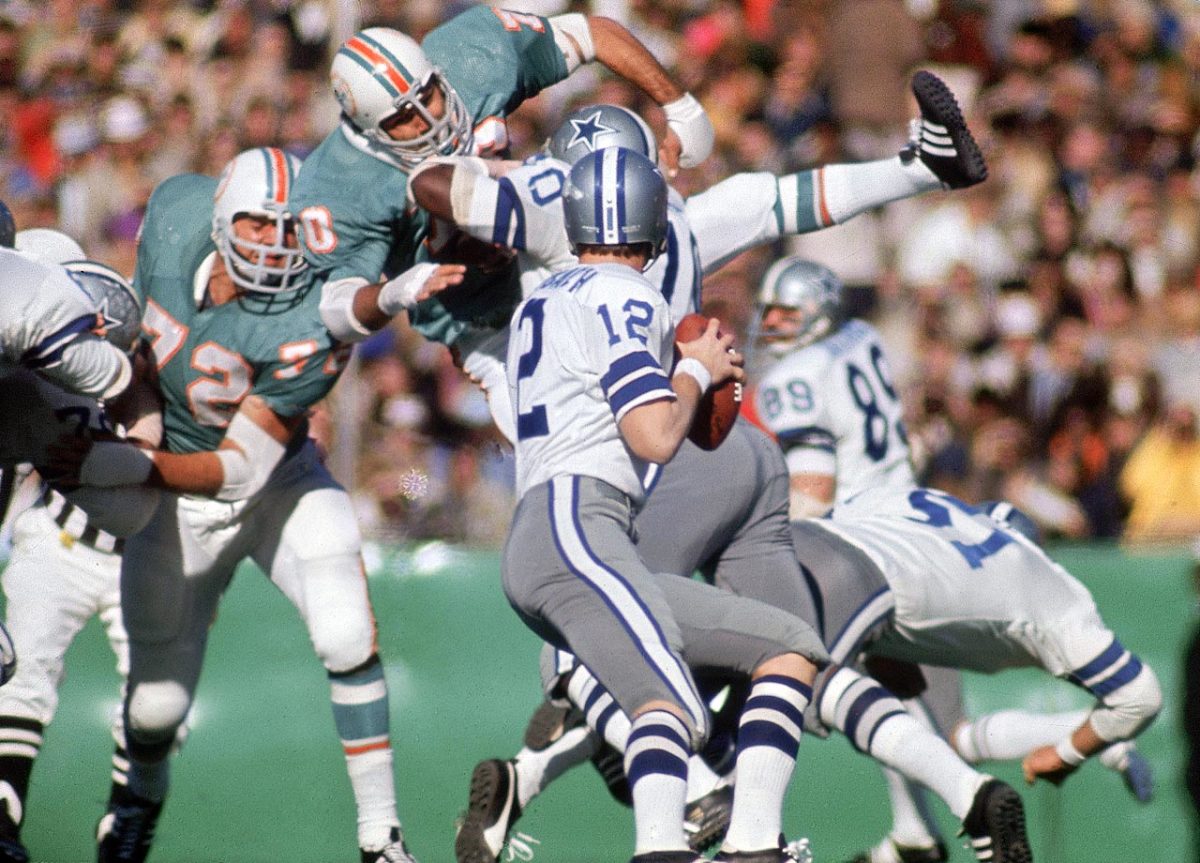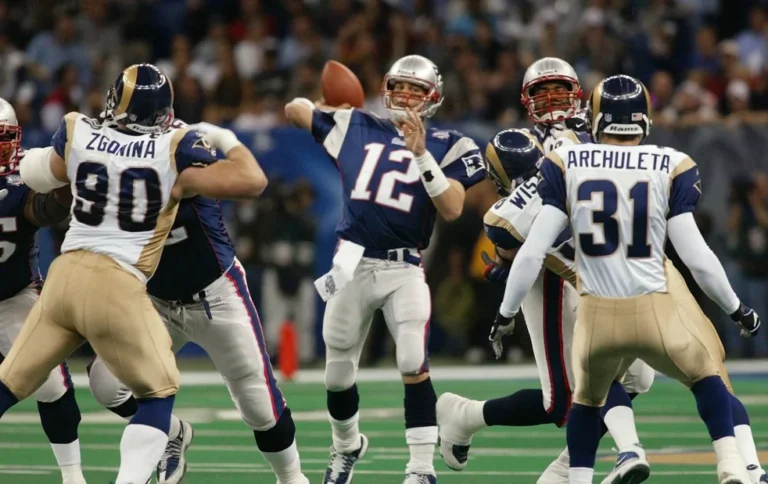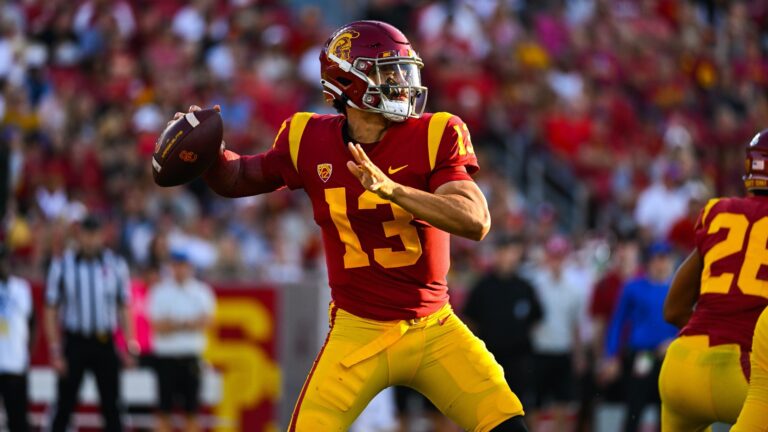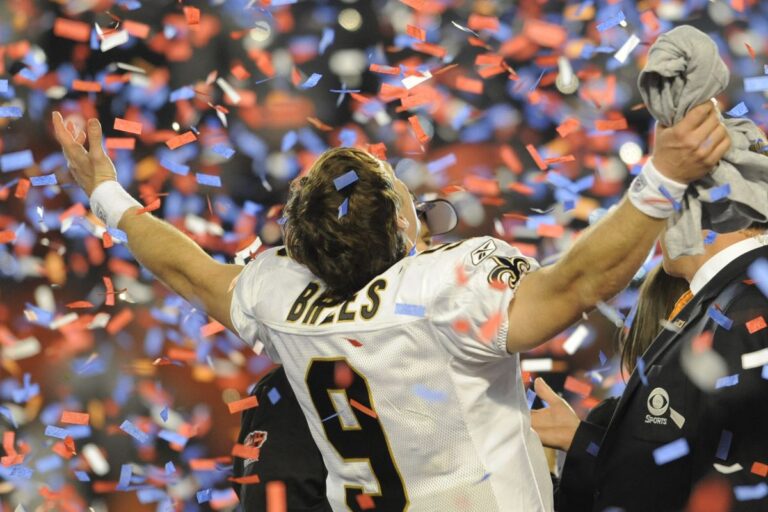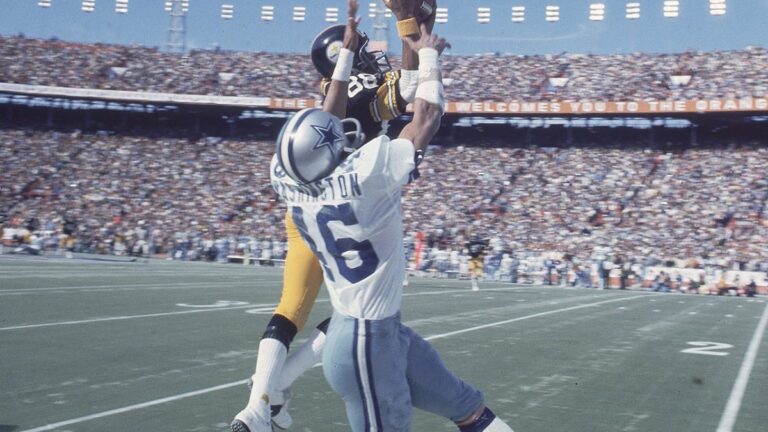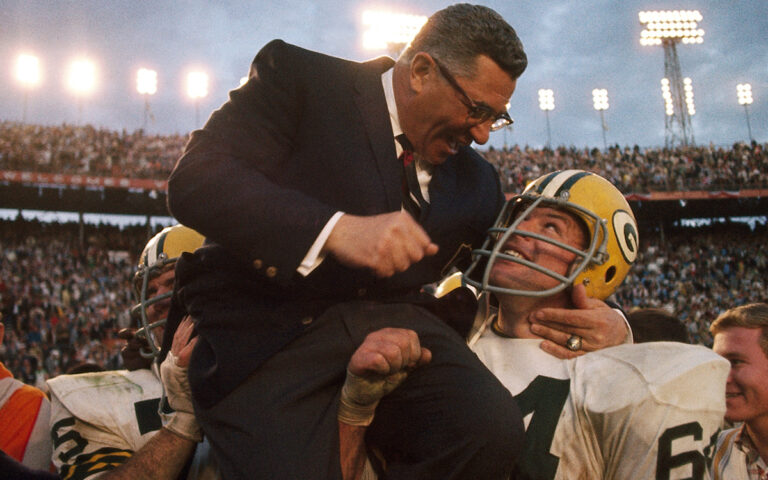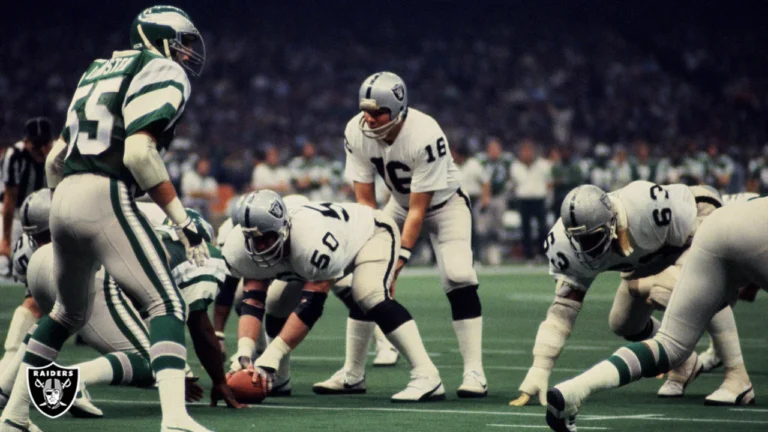Super Bowl VI: The Cowboys’ Dominance and Redemption in the Sunshine State
Introduction:
Super Bowl VI, played on January 16, 1972, at Tulane Stadium in New Orleans, showcased the Dallas Cowboys’ ascent to NFL supremacy. Facing off against the Miami Dolphins, the Cowboys’ performance in Super Bowl VI marked a defining moment in their franchise history. This blog post delves into the narrative of Super Bowl VI, a game that not only crowned a champion but also solidified the Cowboys’ reputation as a football powerhouse.
The Context:
Super Bowl VI occurred at a crucial juncture in NFL history. The league was still in the early stages of the AFL-NFL merger, and the Cowboys, coached by the legendary Tom Landry, were determined to shed their reputation as “next year’s champions” by securing their first Super Bowl victory. The Miami Dolphins, led by head coach Don Shula, represented the American Football Conference (AFC) as formidable opponents.
The Teams and Players:
The Cowboys’ roster featured iconic figures such as quarterback Roger Staubach, running back Duane Thomas, and the “Doomsday Defense” led by defensive tackle Bob Lilly. On the other side, the Dolphins, known for their strong defense, boasted players like quarterback Bob Griese and future Hall of Famers Larry Csonka and Paul Warfield.
The Game Unfolds:
Super Bowl VI began with both teams displaying tenacious defense in the first quarter. However, the Cowboys quickly gained momentum, capitalizing on Dolphins’ mistakes and showcasing their offensive prowess. The first half saw the Cowboys take a commanding 10-3 lead, with Staubach connecting with wide receiver Mike Ditka for a touchdown.
As the game progressed, the Cowboys’ defense proved to be an insurmountable obstacle for the Dolphins. The “Doomsday Defense” intercepted Griese twice, and the Cowboys’ offense continued to add points, securing a decisive 24-3 victory.
Key Moments:
One of the pivotal moments in Super Bowl VI occurred in the second quarter when the Cowboys’ defense, led by Chuck Howley, intercepted a pass from Bob Griese, setting up a touchdown pass from Staubach to Mike Ditka. This play not only extended the Cowboys’ lead but also exemplified the team’s ability to capitalize on turnovers.
The Cowboys’ running game, led by Duane Thomas and Walt Garrison, played a crucial role in controlling the clock and maintaining possession, limiting the Dolphins’ opportunities to mount a comeback.
Halftime Show and Cultural Impact:
Super Bowl VI’s halftime show featured a salute to Louis Armstrong, celebrating the iconic jazz musician’s contributions to American music. The NFL’s commitment to incorporating diverse musical elements into the Super Bowl halftime show continued to evolve, contributing to the game’s growing cultural significance.
Legacy and Impact:
Super Bowl VI marked a turning point for the Dallas Cowboys, shedding the “next year’s champions” label that had haunted them. The victory not only secured the Cowboys’ first Super Bowl title but also established them as a dominant force in the NFL.
Roger Staubach’s performance in Super Bowl VI earned him the game’s MVP honors, and the Cowboys’ defense showcased its ability to stifle even the most formidable opponents. The win laid the foundation for the Cowboys’ subsequent successes and solidified their place as one of the NFL’s premier franchises.
Conclusion:
Super Bowl VI stands as a historic moment in the Dallas Cowboys’ journey to NFL greatness. The game not only crowned them champions but also showcased their offensive and defensive prowess. As we look back on Super Bowl VI, it’s a testament to the resilience of a team determined to shed its past and emerge as a dominant force in the NFL.
Keywords: Super Bowl VI, Dallas Cowboys, Miami Dolphins, Roger Staubach, Doomsday Defense, NFL history, Super Bowl legacy, Duane Thomas, Tom Landry, Chuck Howley, football dominance.

